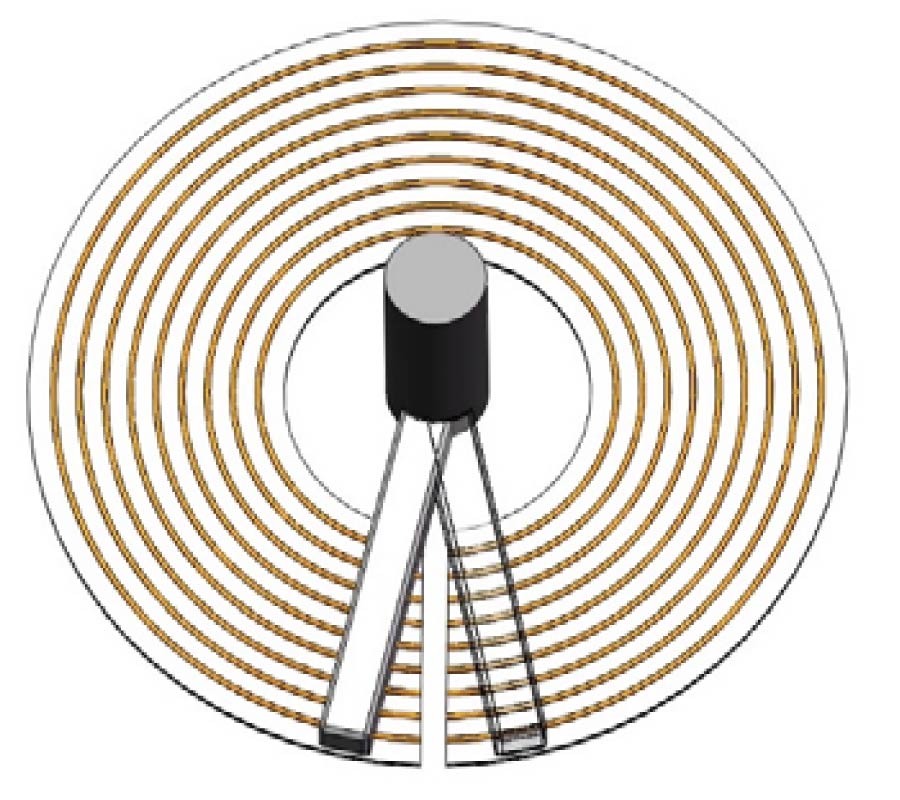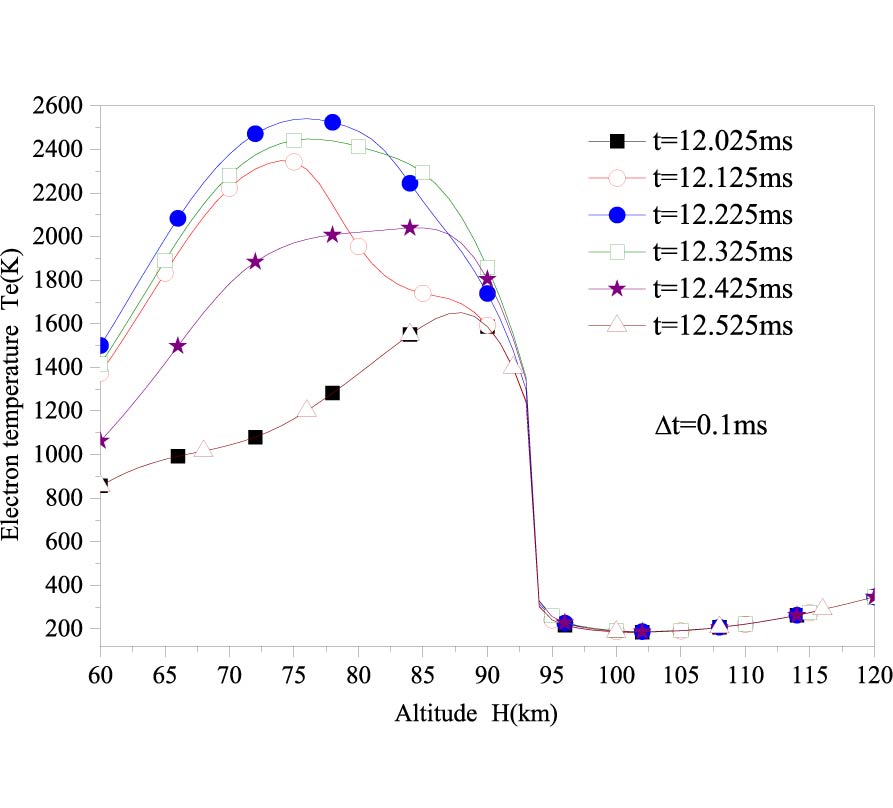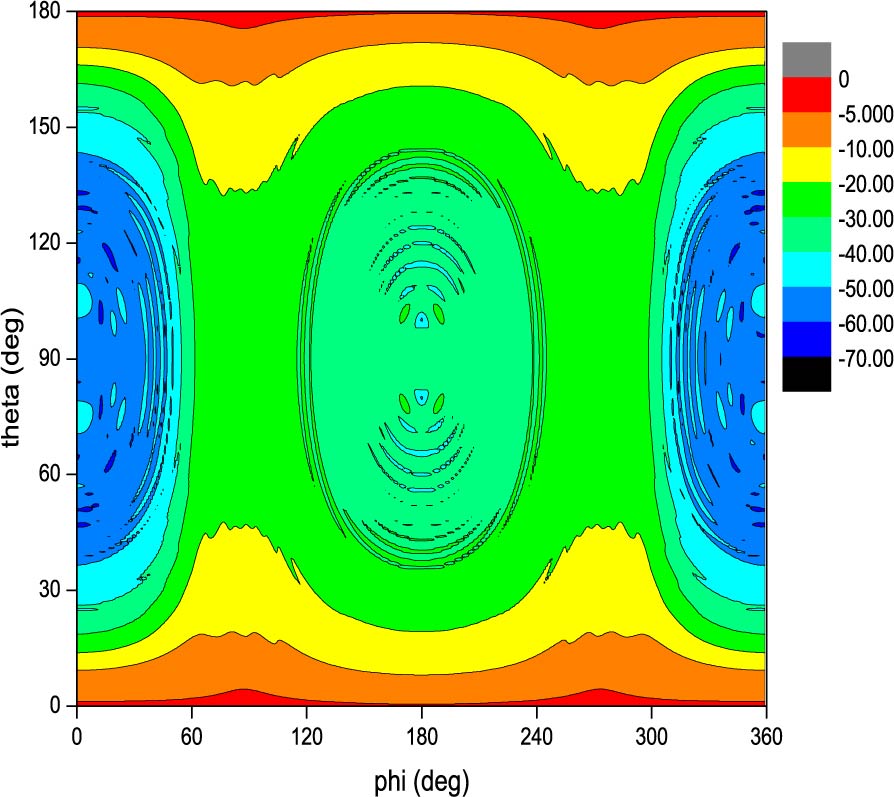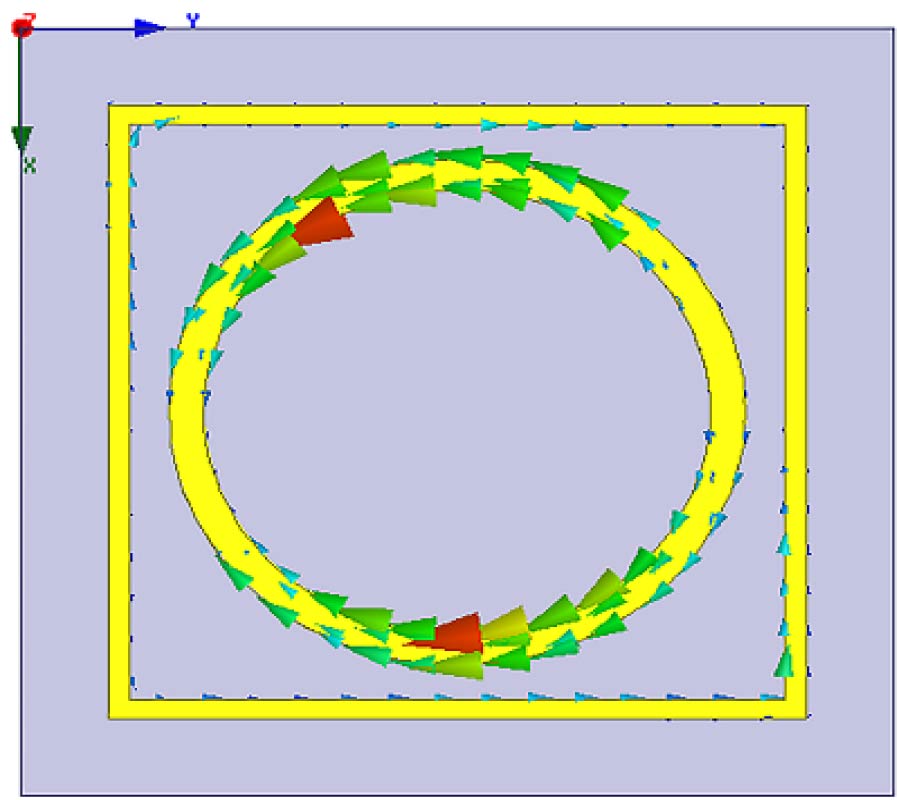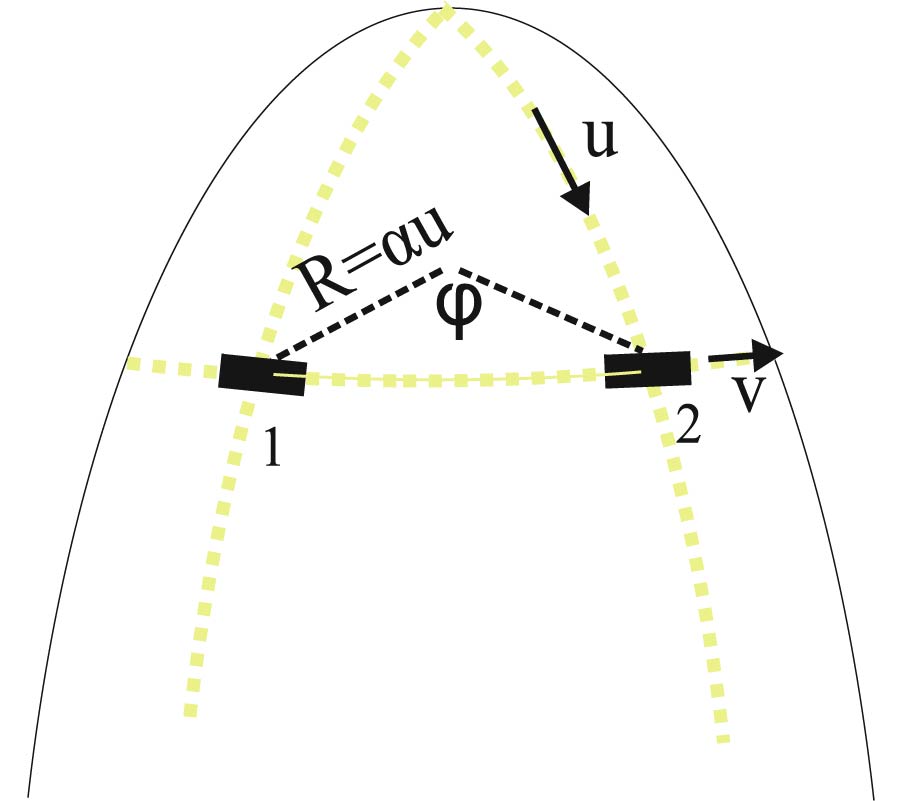Performance Evaluation of Micro Rain Radar Over Sumatra through Comparison with Disdrometer and Wind Profiler
Marzuki Marzuki,
Hiroyuki Hashiguchi,
Toyoshi Shimomai,
Indah Rahayu,
Mutya Vonnisa and
Afdal
Micro Rain Radar (MRR) is a vertical pointing microwave profiler to measure hydrometeors and related parameters in high resolution. However, it is known that the MRR suffers from certain limitations due to several factors. This paper evaluates the performance of the MRR installed at Kototabang, west Sumatra, Indonesia (0.20˚S, 100.32˚E, 864 m above sea level). The DSD and rainfall rate from the MRR standard processing method had been evaluated by using collocated measurements of MRR, Parsivel disdrometer and Optical Rain Gauge (ORG) during 2014. Furthermore, 1.3 GHz wind profiler (BLR) observation was used to examine the vertical profiles of radar reflectivity and Doppler velocity. It was found that there were noticeable differences between the MRR and Parsivel in the small and large size ends of the DSD. At small sized drop (< 1 mm), the DSD spectra of MRR was higher than that obtained by the Parsivel otherwise it was smaller for large sized drop (> 2 mm). Underestimation of large sized drops in the MRR could be responsible for the underestimation of surface rainfall rate and daily rainfall. The source of differences in the DSD seems the measurement shortcomings such as attenuation correction and vertical wind effects, particularly during heavy rain. The shortcomings were observed from the comparison of mean Doppler velocity profiles between the MRR and the BLR. While the melting layer height of the two instruments was the same, the mean Doppler velocities of MRR shown downward increasing (DI) pattern through all rainfall intensities. On the other hand, for the BLR, the DI was only observed for heavy rain (> 10 mm/h), while downward decreasing was observed for light rain (< 5 mm/h). Similar pattern was also observed for the vertical profile of radar reflectivity. Thus, some corrections are needed for heavy rain, nevertheless, the MRR installed at Kototabang can be utilized for light rain. Comparisons indicated that the mean Doppler velocity and the DSD for the light rain as well as Z-R relation were in reasonable agreement with the reference of BLR, Parsivel and previous studies using the MRR.





